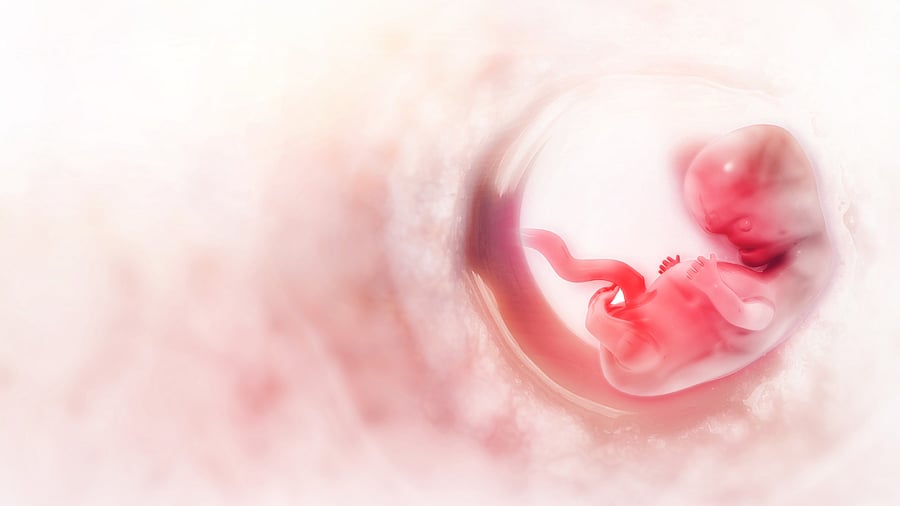
A representative image.
Credit: iStock Photo
Bengaluru: For a pregnancy to begin, the embryo must first attach and embed itself into the lining of the uterus – a process called implantation. Failure of implantation is one of the leading causes of infertility and early pregnancy loss and IVF failures, yet the molecular mechanisms that allow the uterus to become receptive have remained poorly understood.
Now, scientists from the ICMR–National Institute for Research in Reproductive and Child Health (NIRRCH), Mumbai; Indian Institute of Science (IISc), Bengaluru and Banaras Hindu University (BHU), Varanasi, have identified a fundamental genetic switch that allows the uterine lining to acquire a state that supports embryo implantation.
Published in Cell Death Discovery, the study shows that two key genes HOXA10 and TWIST2 work in opposition to regulate this transition. Under normal conditions, HOXA10 keeps the uterine lining stable and compact. At the time and site where the embryo has to initiate implantation, HOXA10 activity drops, allowing TWIST2 to become active. TWIST2 makes the cells slightly more motile and flexible, enabling the embryo to embed itself.
At the molecular level, HOXA10 controls over 1,200 genes that maintain the epithelial (closed) state of the uterine lining. When HOXA10 levels decline, this control is relaxed, leading to the activation of TWIST2 and the onset of a hybrid epithelial-to-mesenchymal transition (hybrid EMT) – a temporary and partial shift that allows controlled movement of uterine cells without full transformation.
To understand the regulatory logic of this process, researchers at IISc used mathematical and computational modeling to simulate the interplay between HOXA10 and TWIST2. Their models showed that the system behaves like a bi-stable genetic circuit, capable of switching between epithelial and mesenchymal states in a stable, reversible manner. “This kind of hybrid EMT state is an elegant solution that nature uses to balance stability and flexibility,” says Mohit Kumar Jolly, Associate Professor in the Department of Bioengineering, IISc, who led the modeling work.
The biological studies led by Deepak Modi, Professor and Scientist G at ICMR–NIRRCH confirmed this mechanism experimentally in mice, hamsters, monkeys, and human cells. When TWIST2 activation was blocked, the uterine lining failed to remodel and embryos could not implant, preventing pregnancy. “This work reveals a finely tuned molecular program that prepares the uterus for embryo implantation,” says Modi. “It helps us understand why implantation sometimes fails even when the embryos are healthy.”
This study highlights the strength of collaborative science in India, bringing together molecular biology, genomics, and systems modeling expertise from ICMR–NIRRCH, IISc, and BHU to answer one of the most fundamental questions in reproduction – how the uterus becomes ready for life to begin.
Beyond reproductive health, the findings may have broader significance in understanding tissue remodeling in wound healing, fibrosis, and cancer, where similar gene networks operate, says Jolly.
